Sperm start their sprint to the ovum when they detect changes in the environment through a series of calcium channels arranged like racing stripes on their tails. A team of Yale researchers has identified a key molecule that coordinates the opening and closing of these channels, a process that activates sperm and helps guide them to the egg.
When the gene that encodes for the molecule is removed through gene editing, male mice impregnate fewer females, and females who are impregnated produce fewer pups. Also, the sperm of the altered male mice are less active and fertilize fewer eggs in lab experiments, the Yale researchers report on May 2 in the journal Cell.
The calcium channel complex aligned on a sperm’s tail is called CatSper. CatSper has multiple protein subunits. One of those subunits is responsible for regulating the activity and the arrangement of pores on a sperm’s tail. This assists with sperm motility towards the egg.
The calcium channel complex aligned on a sperm’s tail, called CatSper, is evolutionarily conserved across many species and consists of multiple subunits, but “we didn’t know what each did,” said Jean-Ju Chung, assistant professor of cellular and molecular physiology and senior author of the paper.
Previous studies failed to identify the exact mechanism in CatSper that allows sperm to respond to cues such as acidity levels along the female reproductive tract and trigger changes in their motility to better navigate to the egg. Chung’s lab screened all sperm proteins to identify which ones interacted with the CatSper channel complex. They zeroed in on one, EFCAB9, which acts as a sensor that orchestrates the opening and closing of the channels according to environmental cues.
“This molecule is a long-sought sensor for the CatSper channel, which is essential to fertilization, and explains how sperm respond to physiological cues,” Chung said.
EFCAB9 seems to play “a dual role in regulating the activity and the arrangement of channels on a sperm’s tail, which help regulate sperm motility towards the egg,” Chung said.
Mutations have been found in the CatSper genes of infertile men and could be a target for fertility treatments. Since the CatSper channel is necessary for sperm to function, blocking it could lead to the development of non-hormonal contraceptives with minimal side effects in both men and women, Chung said.
Yale’s Jae Yeon Hwang is lead author of the study, which was primarily funded by start-up funds from the Yale School of Medicine, a Yale Goodman-Gilman Scholar Award 2015, and a Rudolf J. Anderson Fellowship award to Chung.
Reference: “Dual Sensing of Physiologic pH and Calcium by EFCAB9 Regulates Sperm Motility” by Jae Yeon Hwang, Nadja Mannowetz, Yongdeng Zhang, Robert A. Everley, Steven P. Gygi, Joerg Bewersdorf, Polina V. Lishko and Jean-Ju Chung, 2 May 2019, Cell.
DOI: 10.1016/j.cell.2019.03.047

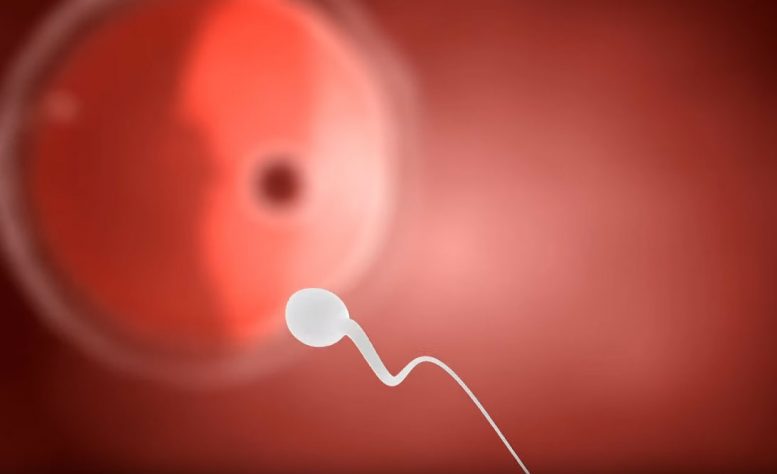
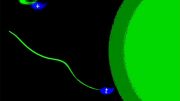
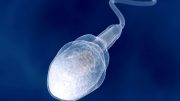
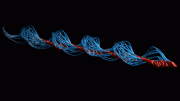
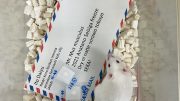
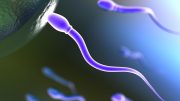
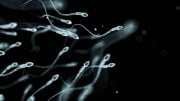

Be the first to comment on "Researchers Identify Key Molecule That Guides Sperm"